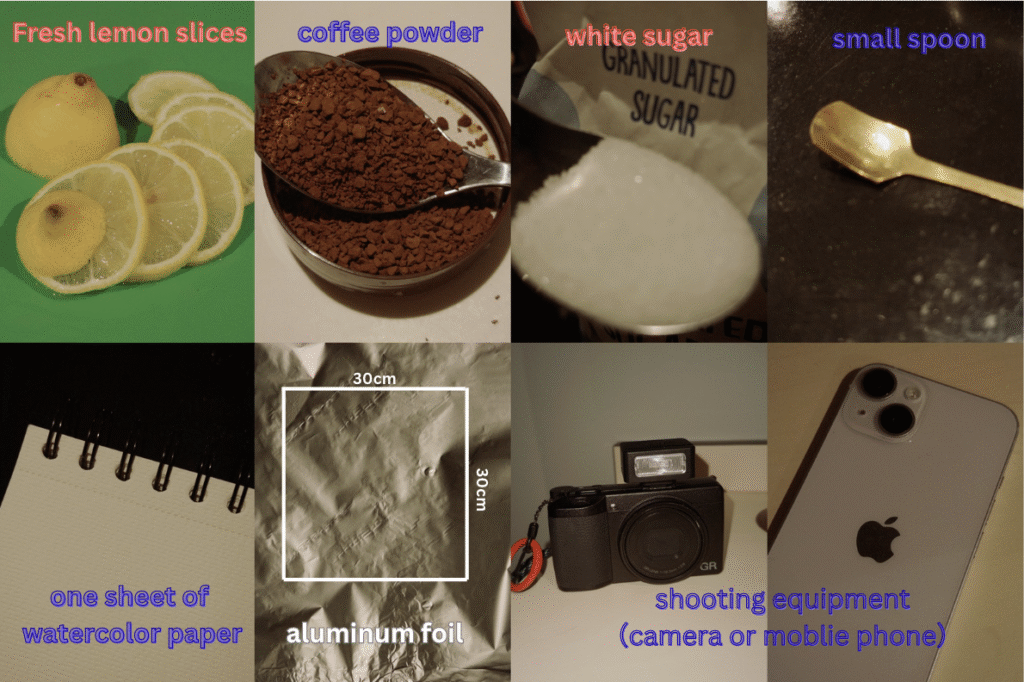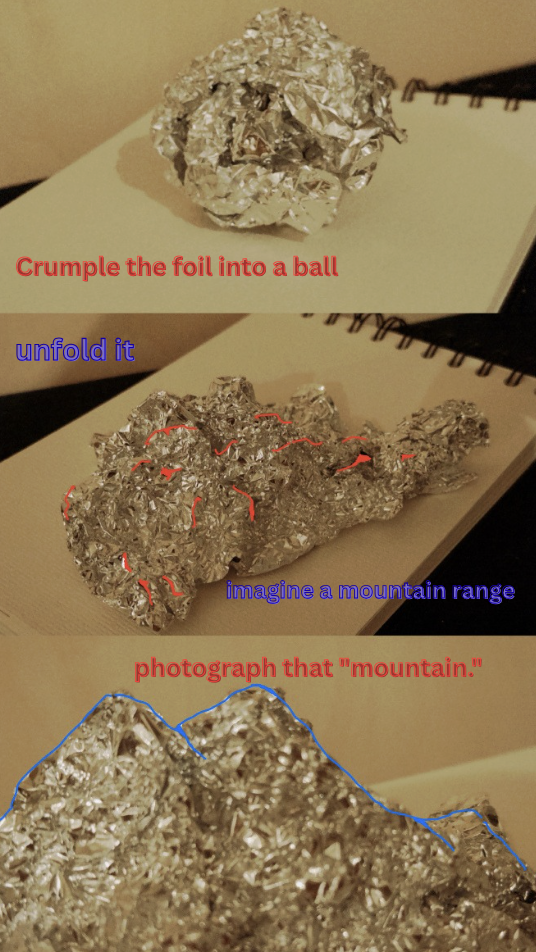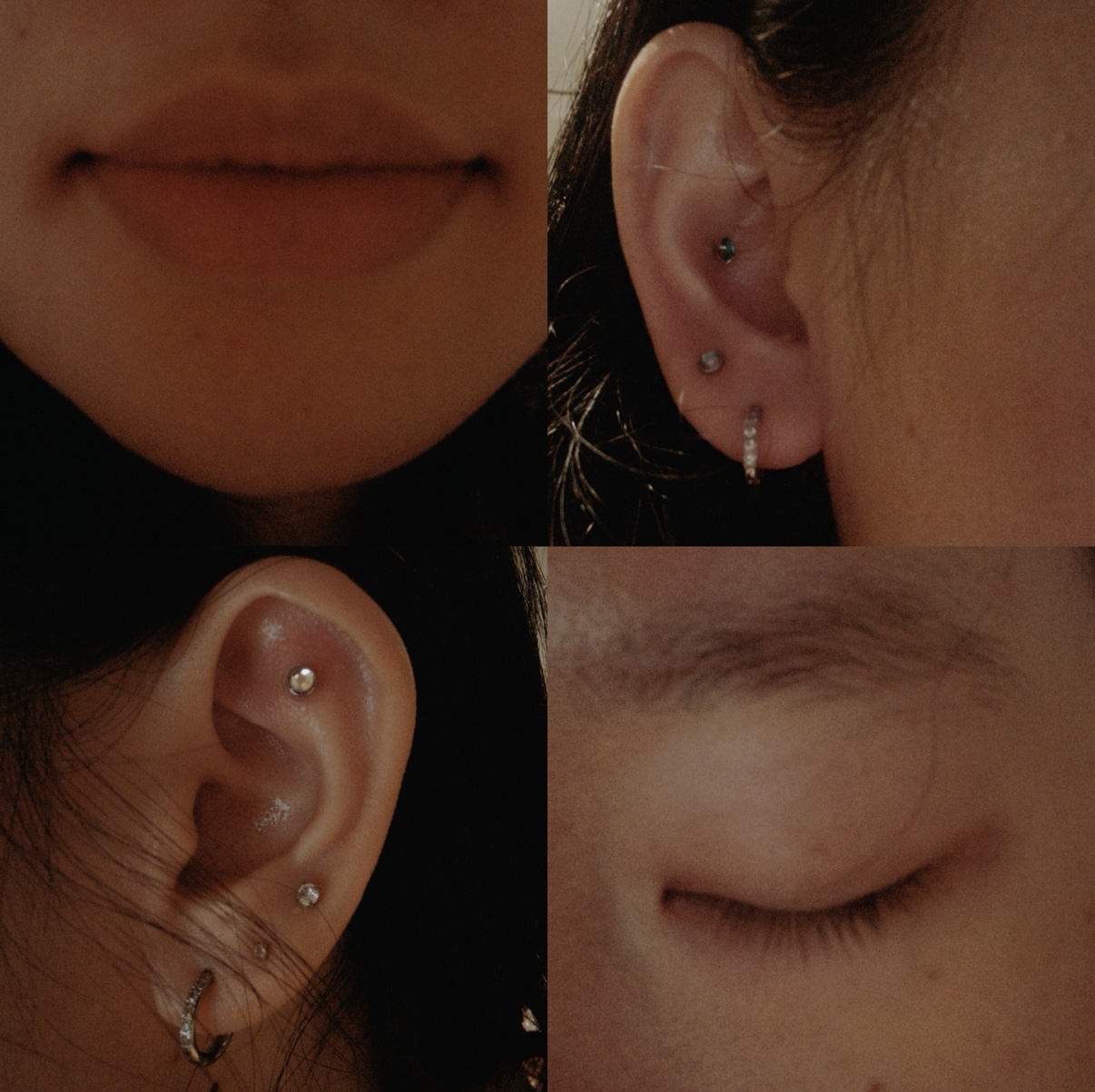Feeling Feeling: Sensory Coordinate Map × Non-Visual Photography

Summary
In this workshop, learners explore three non-visual pathways—smell, touch, and bodily sensation—using them not only to sense the world, but to map it.Through a series of guided exercises, each person will create three “non-visual photographs” and a sensory coordinate map, discovering how perception can be shaped by the body as much as by the eyes.
When vision fades,perception will be reshaped.
Introduction
When vision steps back and the senses are reshaped, the body becomes a map in the making—
a terrain formed by scent, texture, pressure, and breath.
Each sensation marks a point; each shift becomes a contour.
Together, they create a landscape that the eyes cannot draw.
Through three non-visual experiences using smell, touch, and bodily sensation, participants create three non-visual photographs.
These impressions are then placed onto a sensory coordinate map, a simple system that translates inner perception into external form.
By positioning each photograph according to clarity and intensity, participants begin to recognize how their body organizes information when sight is absent.
In this process, the sensory coordinate map becomes more than a chart:
it is a record of how the body navigates, responds, and perceives,
revealing a way of seeing that unfolds beyond the eyes.
List of Materials
- Fresh lemon slices
- coffee powder (in a container)
- white sugar (in a container)
- one small spoon
- one sheet of watercolor paper
- a 30 × 30 cm piece of aluminum foil
- a shooting equipment (camera or mobile phone)

List of Materials
Before any sensory exercise, allow the body to slowly settle down and become a map ready to be explored.
Steps
Step 1: Meditation (1 mins)
Play the guided audio.
Close your eyes and listen, allowing the body to enter a state of sensory readiness.
Step 2: Sensory Warm-up – Blindfolded “Lemon Bomb” (3 mins)
When vision retreats, a playful taste experiment lets your nose be the compass and your fingers the map. Begin your sensory adventure.
Materials: Fresh lemon slices; Coffee powder White granulated sugar; A small spoon
⚠ Important Notice
If you have allergies to lemon, coffee, or sugar, or if consuming these substances is not medically advisable for you, you may skip this step and proceed directly to the non-visual photography experience.
Process:
- With eyes closed, locate the three materials.
- Still blind, distinguish the coffee and sugar by smell, then use the spoon to sprinkle them onto the lemon.
- Taste the lemon with eyes closed.
- Notice how the “lemon bomb” awakens your senses.
Optional Audio Instructions:

A photo of lemon bomb
Step 3:The Scented Moon – Non-Visual Photography of Smell (3 mins)
With eyes closed, stamp a small coffee-lemon sun, find its center by smell, and capture your first sensory coordinate.
Materials: concentrated coffee liquid (coffee powder with a small amount of water), lemon slices, watercolor paper, tissues
Equipment preparation: familiarize yourself with the physical shutter button on your phone (usually the volume button).
Process:
- With eyes closed, dip the lemon in coffee and blot the excess.
- Still blind, press or roll it on the paper to make the print, which like a moon.
- Use your sense of smell to find the strongest scent point, the location of the scented moon.
- With eyes still closed, frame and photograph that area.
Optional Audio Instructions:

A Example of Scented Moon
Step 4: Foil Mountain – Non-Visual Photography of Touch (3 mins)
Move from the flat sun to a three-dimensional terrain: let your fingertips read the foil’s ridges, find a tactile coordinate, and capture a non-visual photograph guided by touch.
Materials: one 30 × 30 cm sheet of aluminum foil
Process:
- Crumple the foil into a ball, then gently unfold it.
- With eyes closed, scan the creases with your fingertips, imagining a mountain range.
- Still blind, frame the spot with the strongest tactile feeling and photograph that “mountain.”
Optional Audio Instructions:

Illustration Steps of Foil Mountain
Step 5: Self-Portrait—Non-Visual Photography of Bodily Sensation(2 mins)
Bring your attention back to your body and let it become a moving coordinate point on the map
Process:
- With eyes closed, touch your facial features and choose the part you want to record.
- Still blind, lift your phone and aim roughly toward that feature.
- Take a closed-eye selfie to capture this inner coordinate.
Optional Audio Instructions:

Four Examples of Non-Visual Self-Portrait
Step 6: Bringing the Sensory Coordinate Map Together (3 mins)
You now have three sensory results. Place them on one map to form your sensory coordinate system.
Process:
- Draw a cross-shaped coordinate system:
X-axis: certainty in non-visual photography (blurry to clear)
Y-axis: sensory intensity (weak to strong)
2.Review your three non-visual images.
3.Place each photo on the map according to its sensory experience.

Cross-Shaped Coordinate System

The Example of Sensory Coordinate Map
Step 7: Reflection and Analysis (5 mins)
Process:
- Look back at three non-visual photos and their positions on the map and answer the following questions:
(1) Which non-visual photo was the easiest to place on the map? What made it clear for you?
(2)Which photo was the hardest to position, and what made you hesitate?
(3) Looking at the three points on your map, how would you describe their relationship?
(Are they close together, spread out, paired, or isolated?)(4) If you were to do the exercise again, which point do you think would change position—and why?
- Reflect on why these “sensory locations” formed as they did, and complete the following sentences: In my sensory map, ________ is the scale,________ is the compass,________ is the path.
Conclusion:
Your way of seeing is drawn jointly by all your senses:
a weaving of breath, touch, warmth, pressure, memory, and intuition.
Every sensation becomes a mark,
every inner shift a quiet signal shaping how the world appears to you.
This is the essence of Feeling Feeling:
letting sensation guide perception,
letting the body speak before the eyes decide.
And you are the cartographer of this map,
mapping not the outside world, but the world as it moves through you,
charting a landscape that only you can feel into being.
Feeling Feeling: Sensory Coordinate Map × Non-Visual Photography © 2025 by Yingshan Yu is licensed under CC BY 4.0
(A featured picture © 2025 by Yingshan Yu is licensed under CC BY 4.0)


